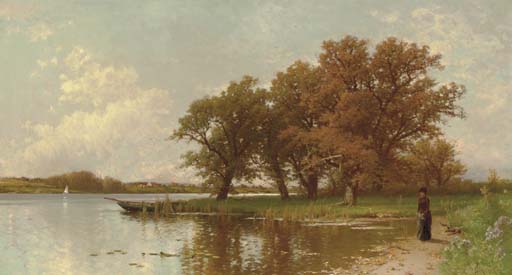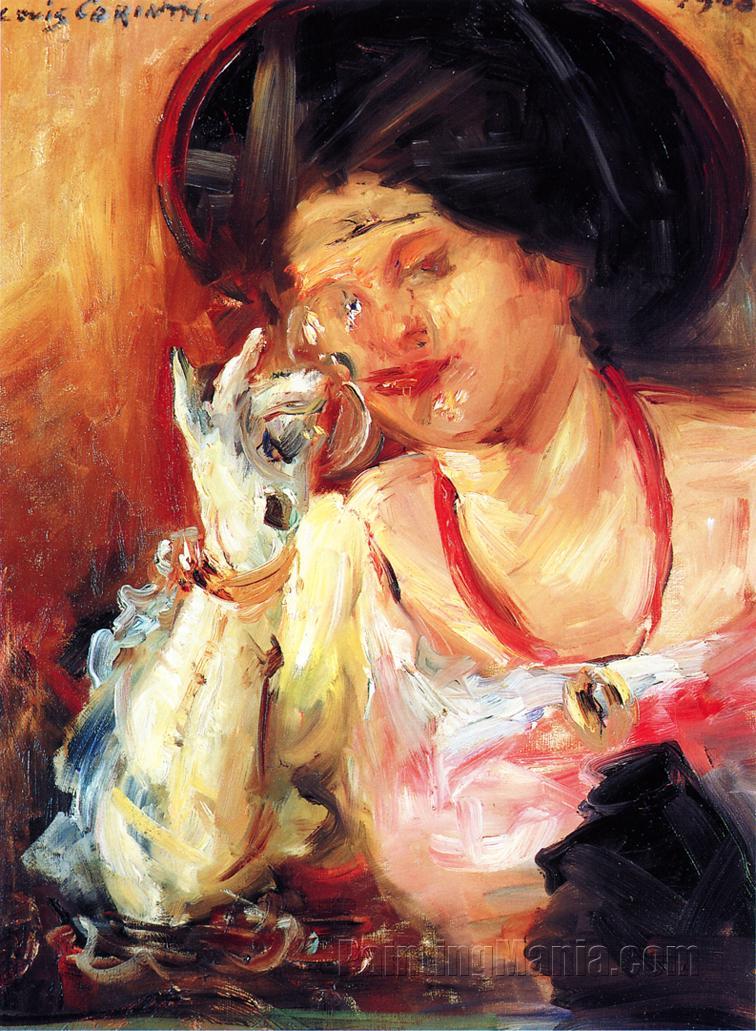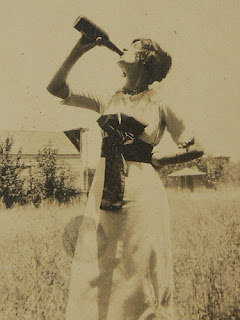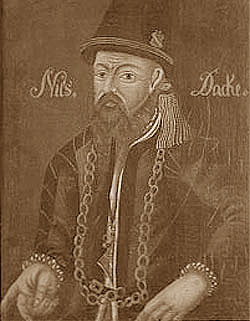Just a two hours drive from the Danish capital Copenhagen takes you right into the
Swedish wilderness.
Please disregard the electricity poles.
You often come across wild animals, such as moose - and occasionally a straying wolf, but they are not supposed to be there!
On my recent trip I encountered a hare.
In the late summer warmt, the flowers bloomed
Bluebells!
and some yellow flowers
Clover!
Nice to eat if you are a little horse
White horse
A cultivated corner in a small village
and the old apple trees in the garden
and its fruit
I visited some friends, who have invested in this Swedish stone setting
Now a ruin -
but with some hard work - and a litte luck - it will soon be a beautiful castle
like the one in Kronoberg
Kronoberg Castle is located on the shore of
Lake Helgasjön. In the 15th century, the Bishop of
Växjö built fortifications that could serve as a place of safety in case of attack
(most likely by the Danes).
Kronoberg was taken over by rebels in 1542 when the Dacke revolt occurred, led by
Nils Dacke. This revolt was suppressed in 1543 when the King took over the Bishop's Kronoberg castle and the surrounding land.
The king was now seeing a stronghold of support to prevent new rebellions. He continued strengthening the castle, and when it was fully built in 1580, it had at least 50 cannons.
After the
Treaty of Roskilde was signed in
1658, Kronoberg castle was no longer important militarily. It began to decay and soon became a ruin.



















































